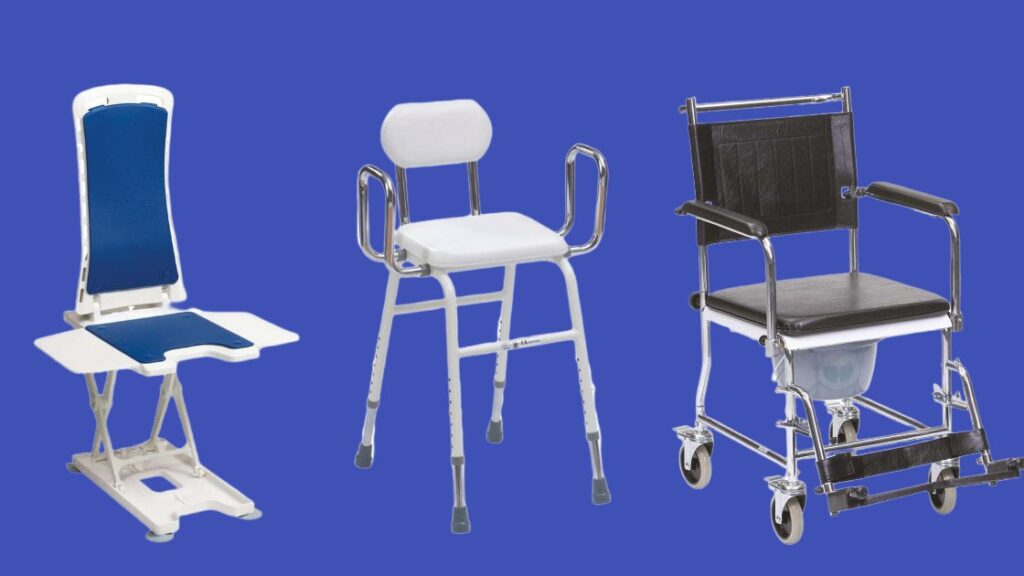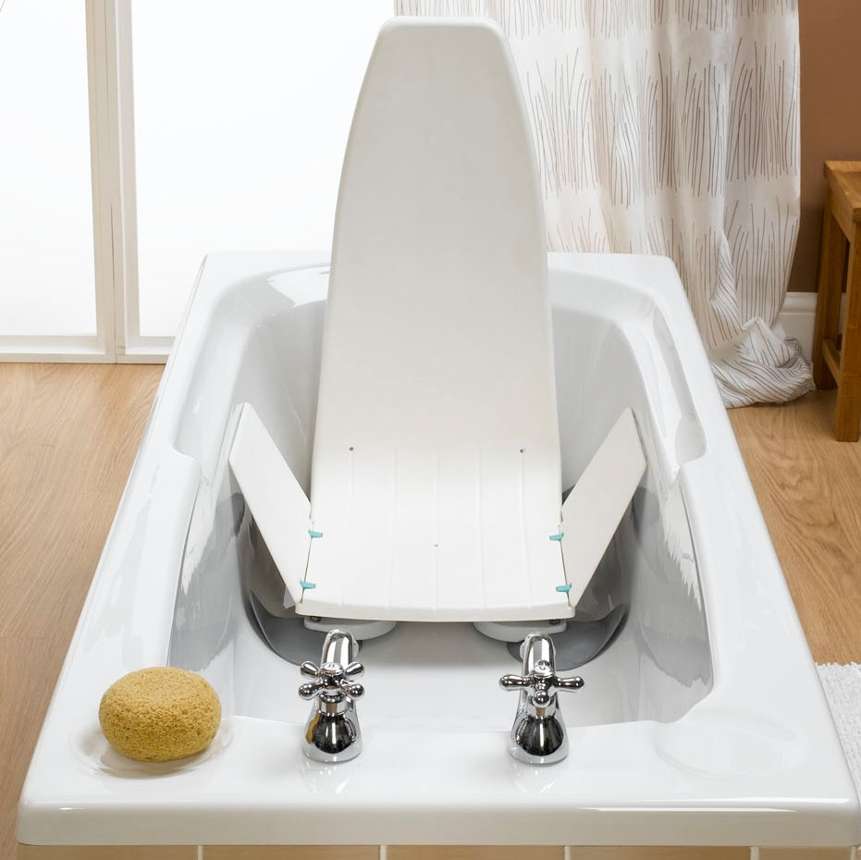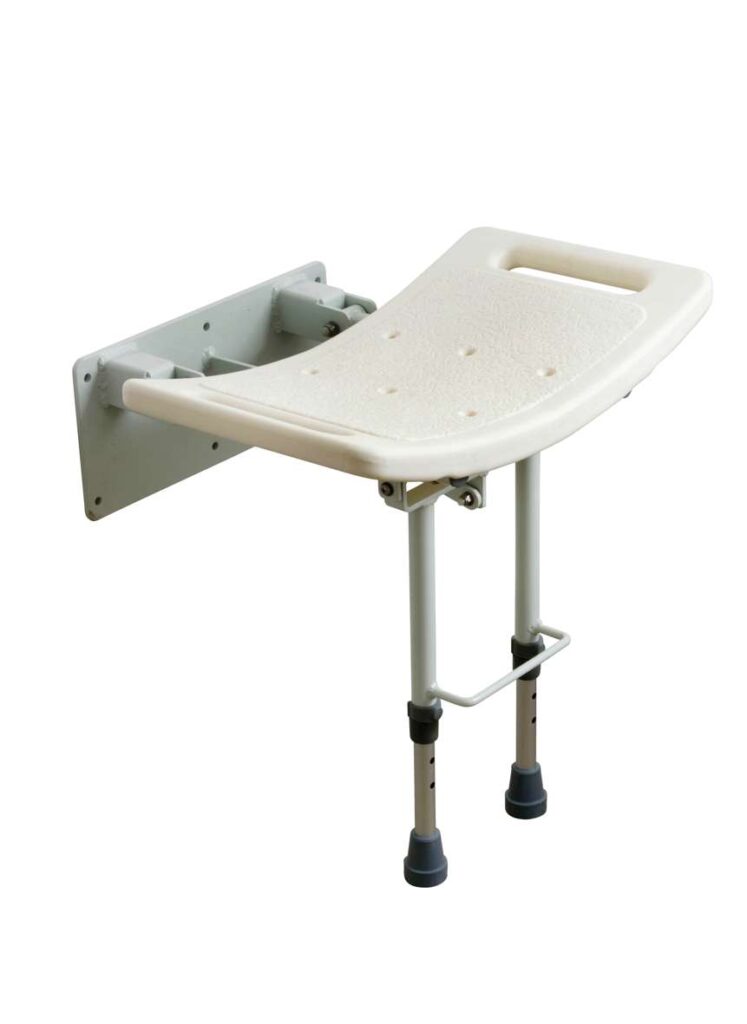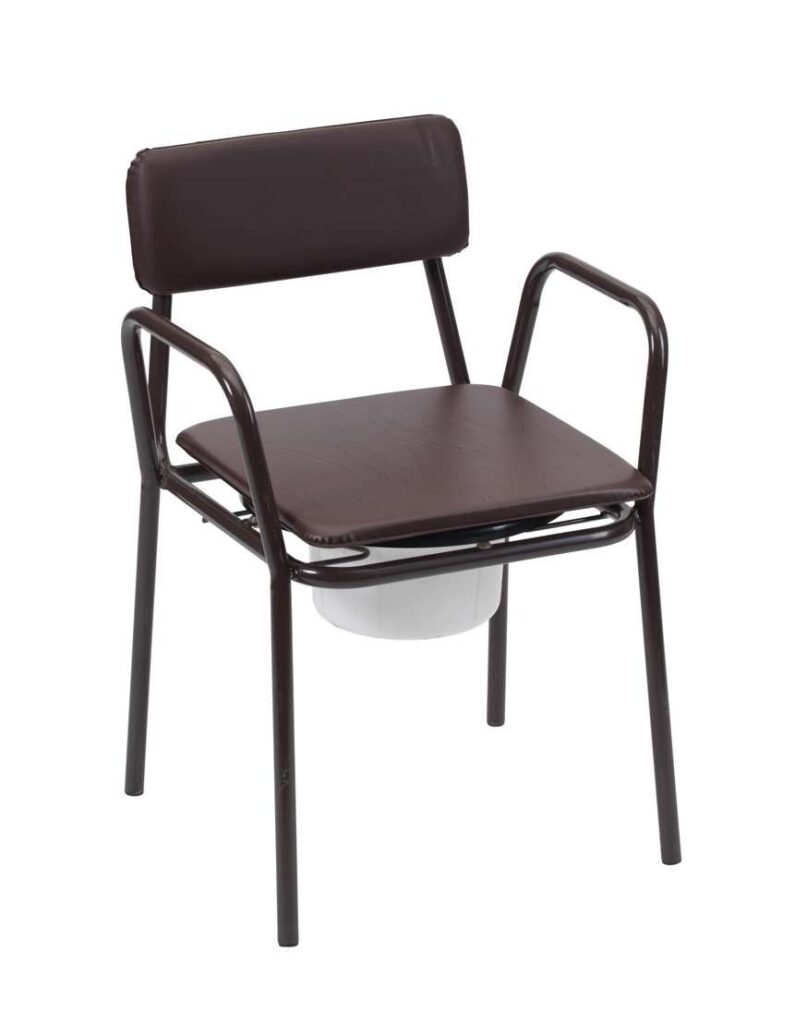
Are you or a loved one in need of bath aids for the elderly or individuals with disabilities? Choosing the right bath aids is essential to ensure safety, comfort, and independence for those who have limited mobility. In this comprehensive buying guide, we will explore all the factors to consider when selecting the perfect bath aids that meet your specific needs.
From bath benches and transfer benches to shower chairs and grab bars, there are a variety of options available in the market. Our goal is to help you understand the features, benefits, and potential drawbacks of each type of bath aid, so you can make an informed decision.
We will discuss important considerations such as weight capacity, adjustability, ease of use, and durability. Additionally, we will highlight specific features that can enhance safety and convenience, such as non-slip surfaces and ergonomic designs.
Whether you're looking for bath aids for yourself or for someone you care for, this guide will provide you with all the necessary information to make the right choice. So let's dive in and find the perfect bath aids for a safer and more enjoyable bathing experience.
The Importance of Bath Aids for the Elderly and Individuals with Disabilities
Bathing is an essential daily activity that we often take for granted. However, for the elderly and individuals with disabilities, it can pose significant challenges. Limited mobility, strength, balance, and dexterity can make it difficult to perform basic bathing tasks safely and independently. This is where bath aids come into play.
Bath aids are specially designed tools and equipment that assist individuals with their bathing needs. They provide support, stability, and convenience, allowing individuals to bathe with confidence. By choosing the right bath aids, you can help improve the quality of life for yourself or a loved one, promoting dignity and self-reliance.
Types of Bath Aids Available in the Market
When it comes to bath aids, there is a wide range of options available to suit different needs and preferences. Understanding the different types of bath aids will help you make an informed decision. Here are some of the most common types:
1. Bath Benches: These are sturdy benches that can be placed inside the bathtub or shower stall. They provide a safe and comfortable place to sit while bathing, reducing the risk of slips and falls.
2. Transfer Benches: Transfer benches are designed for individuals who have difficulty stepping over the side of the bathtub. They have a seat that extends beyond the edge of the tub, allowing users to slide across and safely transfer into the bathing area.
3. Shower Chairs: Shower chairs are similar to bath benches but are specifically designed for use in the shower. They often have a backrest and armrests for added support and stability.
4. Grab Bars: Grab bars are essential for individuals who need extra assistance with balance and stability. They can be installed on the walls of the bathroom, near the toilet, bathtub, and shower, providing a reliable handhold.
These are just a few examples of the bath aids available in the market. Each type serves a specific purpose and offers unique features. The choice depends on individual needs, preferences, and the level of assistance required.
Factors to Consider When Choosing Bath Aids
When selecting bath aids, there are several factors to consider to ensure the chosen product meets your specific needs. Here are some key considerations:
1. Weight Capacity: It is crucial to choose a bath aid that can safely support the user's weight. Most bath aids have weight capacity specifications, and it is important to select one that exceeds the user's weight for added safety.
2. Adjustability: Bath aids that offer adjustable features are beneficial as they can be customized to fit the user's height, size, and comfort level. Look for options with adjustable legs, seat height, and armrests.
3. Ease of Use: Consider the ease of use of the bath aid. Look for features such as one-handed operation, intuitive controls, and simple assembly. This is particularly important for individuals with limited strength or dexterity.
4. Durability: Bath aids should be sturdy and durable, able to withstand regular use and support the user's weight without compromising safety. Look for high-quality materials, such as stainless steel or heavy-duty plastic.
5. Non-Slip Surfaces: Safety is paramount when it comes to bath aids. Look for products with non-slip surfaces on seats, handles, and footrests to reduce the risk of accidents.
6. Ergonomic Design: Consider bath aids that have been ergonomically designed for maximum comfort. Features such as contoured seats, padded armrests, and backrests can greatly enhance the bathing experience.
By considering these factors, you can narrow down your options and choose a bath aid that best suits your needs and preferences.
Bath Aids for Individuals with Mobility Issues
For individuals with mobility issues, bath aids that provide support and stability are crucial. Here are some bath aids specifically designed for individuals with mobility challenges:
1. Bath Lifts: Bath lifts are motorized devices that lower and raise individuals into and out of the bathtub. They are ideal for individuals who have difficulty getting in and out of the tub independently.
2. Walk-in Tubs: Walk-in tubs have a door that opens and closes, allowing individuals to step into the tub without having to lift their legs over the side. These tubs often come with built-in seats and safety features, making bathing easier and safer.
3. Handheld Showerheads: Handheld showerheads allow individuals to direct the water flow exactly where it is needed. This is particularly beneficial for individuals with limited mobility who may have difficulty moving around in the shower.
These bath aids can greatly improve the bathing experience for individuals with mobility issues, enabling them to bathe with greater ease and independence.
Bath Aids for Individuals with Limited Strength or Dexterity
Individuals with limited strength or dexterity may require bath aids that are easy to use and require minimal effort. Here are some bath aids to consider:
1. Bath Step Stools: Bath step stools provide a stable platform for individuals to step onto when getting into and out of the bathtub. They can be particularly helpful for individuals with limited leg strength.
2. Long-Handled Sponges: Long-handled sponges allow individuals to reach and clean their entire body without straining or stretching. These sponges are designed with extended handles and soft sponge heads for gentle cleansing.
3. Handheld Bath Brushes: Handheld bath brushes are designed with ergonomic handles that are easy to grip. They can be used to scrub hard-to-reach areas of the body, providing a thorough and comfortable cleansing experience.
These bath aids can help individuals with limited strength or dexterity maintain their personal hygiene with ease.
Bath Aids for Individuals with Balance or Stability Issues
For individuals with balance or stability issues, bath aids that provide extra support and assistance are essential. Here are some options to consider:
1. Wall-Mounted Shower Seats: Wall-mounted shower seats provide a stable and secure place to sit while showering. They can be folded up when not in use, saving space in the bathroom.
2. Toilet Safety Frames: Toilet safety frames are designed to provide stability and support when using the toilet. They can be installed around the toilet and often come with armrests for added assistance.
3. Anti-Slip Mats: Anti-slip mats can be placed inside the bathtub or shower stall to provide a secure footing. They have suction cups on the bottom to prevent the mat from slipping or sliding.
These bath aids can greatly improve the safety and stability of individuals with balance or stability issues, reducing the risk of falls and injuries.
Bath Aids for Individuals with Visual Impairments
For individuals with visual impairments, bath aids that offer tactile cues and enhanced visibility can be beneficial. Here are some options to consider:
1. Contrast-Colour Grab Bars: Grab bars with contrast-colours can help individuals with visual impairments distinguish them from the surrounding environment. This makes them easier to locate and provides a visual guide for stability.
2. Raised Toilet Seats: Raised toilet seats with bright-coloured handles can help individuals with visual impairments identify and use the toilet with ease. The raised height also makes it easier to sit down and stand up.
3. Braille Labels: Braille labels can be placed on bath aids to provide tactile information. This can be particularly helpful for individuals with visual impairments who rely on touch to navigate their surroundings.
These bath aids can assist individuals with visual impairments in maintaining their independence and safety in the bathroom.
Bath Aids for Individuals with Cognitive Impairments
Individuals with cognitive impairments may require bath aids that are simple, intuitive, and easy to use. Here are some options to consider:
1. Simplified Controls: Look for bath aids with simplified controls and intuitive designs. This can include products with large buttons, clear labels, and easy-to-understand instructions.
2. Reminders and Alarms: Some bath aids come with built-in reminders and alarms to help individuals with cognitive impairments remember to bathe or perform specific tasks, promoting a consistent bathing routine.
3. Visual Guides: Visual guides, such as step-by-step instructions or picture-based manuals, can be helpful for individuals with cognitive impairments. These guides provide visual cues and simplify the bathing process.
These bath aids can support individuals with cognitive impairments in maintaining their personal hygiene and fostering a sense of independence.
Additional Considerations When Choosing Bath Aids
Apart from the specific needs and requirements of the user, there are a few additional considerations to keep in mind when choosing bath aids:
1. Installation: Consider the installation requirements of the bath aids. Some may require professional installation, while others can be easily installed without the need for tools or complicated procedures.
2. Maintenance: Look for bath aids that are easy to clean and maintain. Choose materials that are resistant to rust, mold, and mildew, ensuring longevity and hygienic use.
3. User Feedback: Take into account user reviews and feedback when selecting bath aids. This can provide valuable insights into the performance, durability, and overall satisfaction of the product.
By considering these additional factors, you can further refine your selection and choose bath aids that offer long-term value and satisfaction.
Conclusion and Final Recommendations
Choosing the right bath aids is crucial for the safety, comfort, and independence of the elderly and individuals with disabilities. By considering factors such as weight capacity, adjustability, ease of use, and durability, you can select bath aids that meet your specific needs.
Whether it's bath benches, transfer benches, shower chairs, or grab bars, each type of bath aid offers unique benefits and features. By understanding the different options available, you can make an informed decision and find the perfect bath aids for a safer and more enjoyable bathing experience.
Remember to take into account individual needs, preferences, and any specific challenges faced. Consult healthcare professionals or occupational therapists for personalized recommendations.
Investing in the right bath aids can make a significant difference in the quality of life for yourself or a loved one. With the right tools and equipment, you can promote independence, dignity, and confidence in the bathroom.




